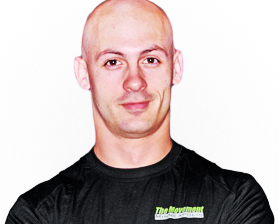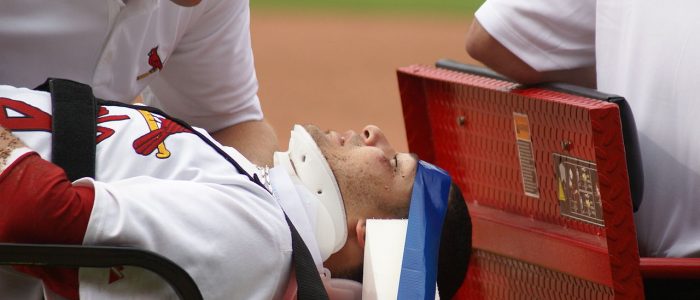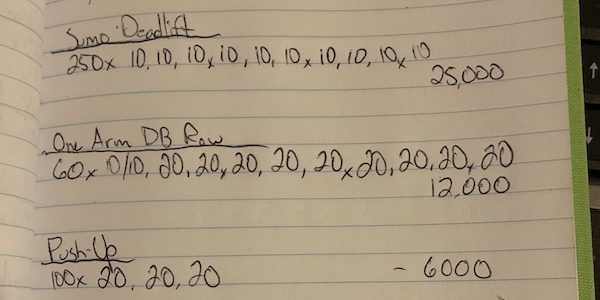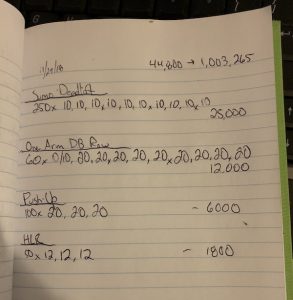Biofeedback testing is a way to measure your body’s own feedback in response to a stimulus like exercise. While advanced hardware technology exists to measure things like heart rate variability (HRV), muscle strength, or reflex speed testing your range of motion is free, easy, and you already have all the equipment you need: your body.
You can test any range of motion of the body. Some of the easiest and most obvious to detect changes are:
- Forward flexion – toe touch
- Arm abduction – side arm raise
- Arm flexion – front arm raise
- Hip abduction – side leg lift
In a healthy individual, any range of motion in which you can notice a change can be used. If someone has a restricted range of motion in a joint, it can be used to quickly assess improvement. For example, if a person had trouble abducting their leg at the hip, they could use hip abduction as a quick and easy test to see if a movement was making them better or worse.
Watch the video below as Movement Minneapolis Owner and Coach, David Dellanave, shows you the test we use most often with our members and how you can start implementing it in your own workouts:
For even more information, watch the video below David explains how biofeedback testing allows our members to ensure whatever exercise they’re doing is the best possible option for them on a given day. This approach allows our members to work safely within their limits and make consistent progress every day:





